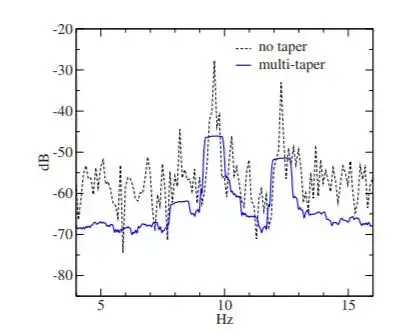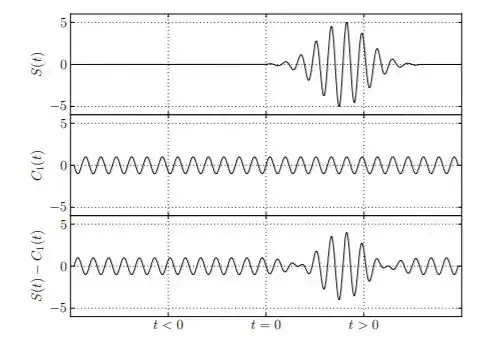In response to a comment I posted recently to What's behind light?, @Emilio Pisanty wrote a statement that effectively asserts that the Fourier transform of a pulse provides results that are unphysical. His argument had two sub-assertions offered as proof:
If you add a sharp filter then you'll get a long quasi-monochromatic 'tail' behind the pulse, but that's not the pulse itself you're seeing, it's the inertia of the filter itself, which takes a long time (inversely proportional to its bandwidth) to wind down.
no matter what you do, all physical filters are causal, which means that they will never produce light in front of the pulse.
Both are excellent points. However, they both suggest that Fourier transforms provide unphysical results - at least in this case. This is a bit distressing, because Fourier transforms are used throughout physics and it seems that they are considered to contain exactly the same information as, e.g., a straight temporal representation.
My question has two parts:
- When is it improper to consider Fourier components to be physically real?
- What experiment can demonstrate that, as Emilio said:
If you add a sharp filter then you'll get a long quasi-monochromatic 'tail' behind the pulse, but that's not the pulse itself you're seeing, it's the inertia of the filter itself, which takes a long time (inversely proportional to its bandwidth) to wind down.
Two specific cases come to mind, using femtosecond pulses which, as we know, can be filtered to produce longer, nearly-arbitrarily shaped pulses. In the first case, a diffraction grating spatially separates the femtosecond pulse into its spectral components. An aperture selects one or more sharp frequency bands which are focused by a lens back onto another identical diffraction grating. The components are all superimposed upon emerging from the diffraction grating, thereby re-forming the pulse, sans the frequency components that have been removed. The resulting pulse can be much longer than the original pulse.
The second case is the same as the first, but instead of diffraction gratings, prisms are used to separate the pulse into its frequency components and to recombine them into a resulting pulse after an intervening aperture removes some of the components.
The resultant lengthened pulse is identical in the two cases, if the aperture removes precisely the same frequency components. It should not matter how far the components are separated in the spatial domain, nor what material the apertures are made of, nor what material the gratings or prisms are made of, nor even what shapes the prism are or the pitch of the gratings, as long as the geometry of the setup is adjusted accordingly. The easiest way to understand both of those experiments is to imagine that the optics form a temporal Fourier transform, perform filtering in the Fourier domain, then form an inverse Fourier transform.
In order to bring "inertia of the filter itself" into the picture, it seems necessary to define carefully just what part(s) of each apparatus constitute the "filter", and explain why the filter's inertia is the same in the two cases.

